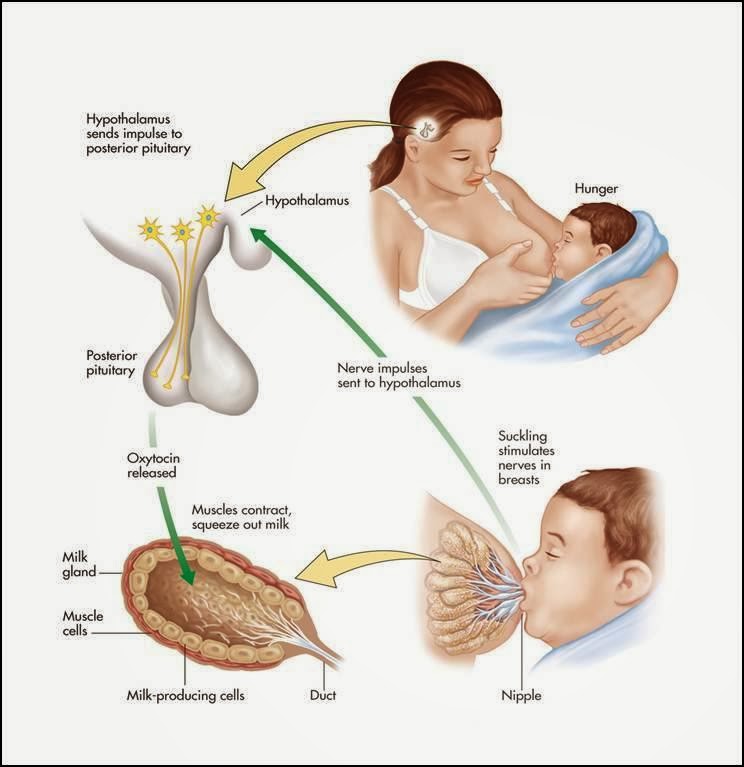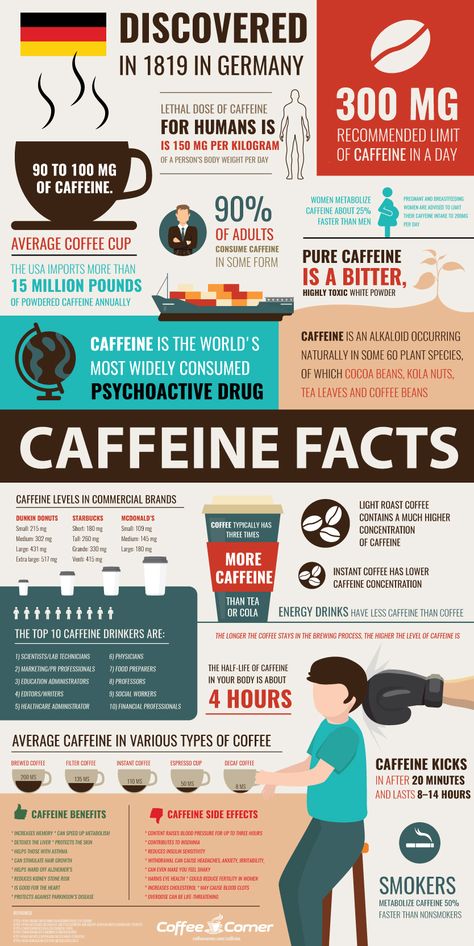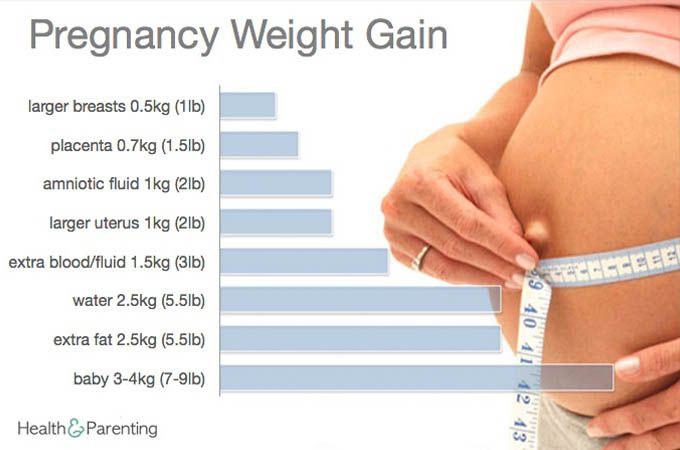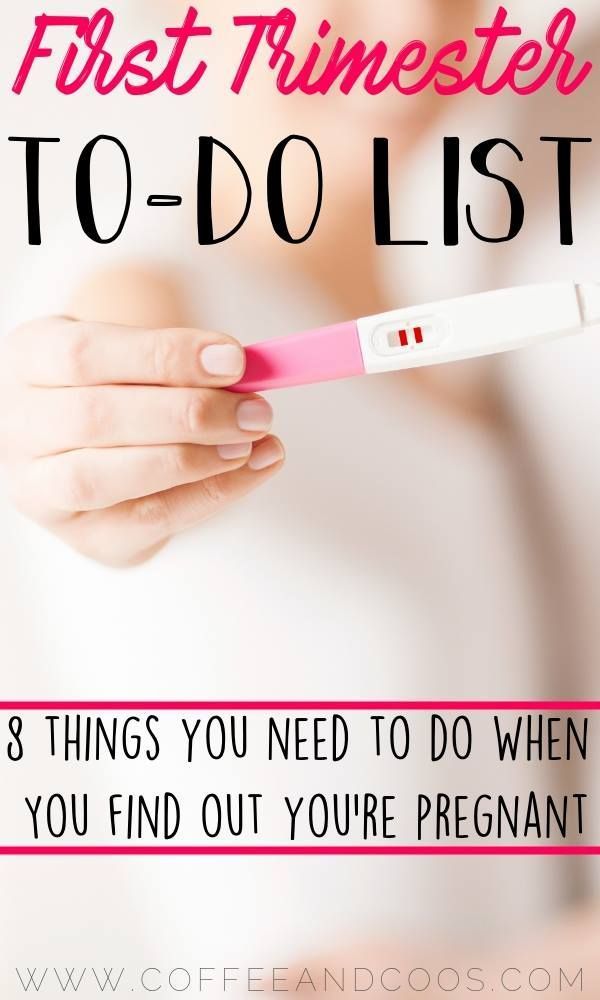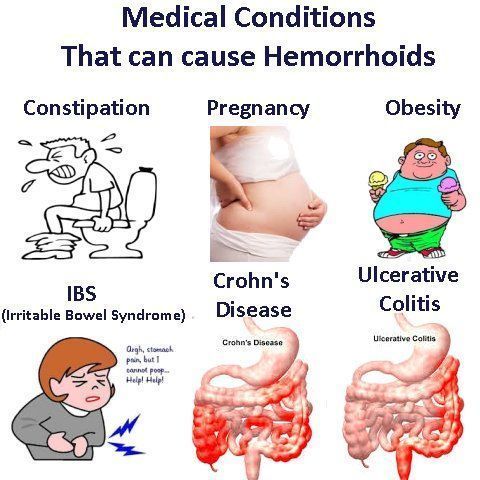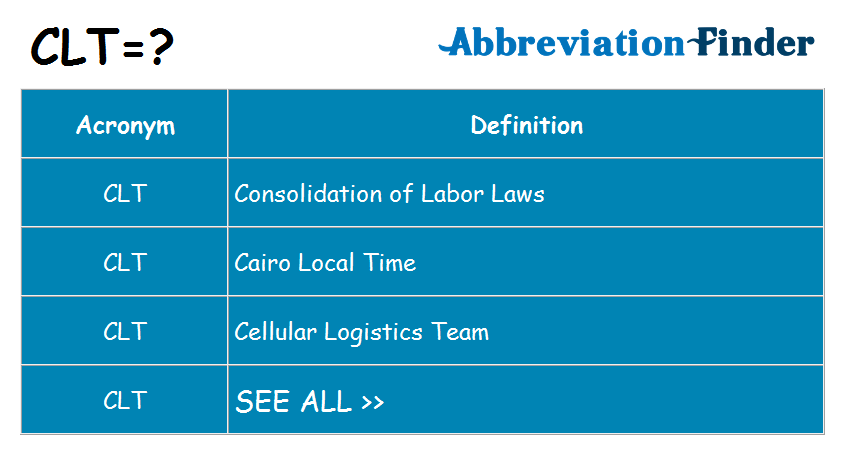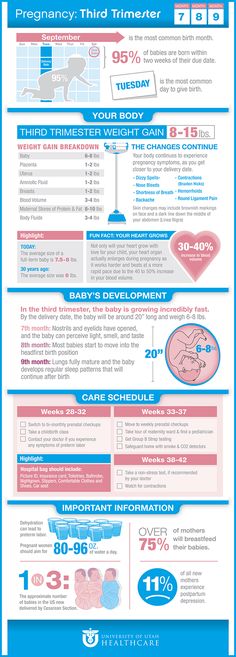What color should formula poop be
12 Types of Baby Poop & What They Mean
You can tell a lot about you baby’s health by what’s in his or her diaper. It’s normal to see a number of changes in your baby’s stools as he or she grows, drinks breast milk or formula and starts eating solids, but there are cases in which color and consistency may indicate infection. Use this baby poop guide to distinguish natural changes from warning signs that require a visit to the doctor’s office.
View the Infographic
Baby Poop Types
The scope of baby poop types considered “normal” depend on your baby’s age and feeding method.
1. Newborn Baby Poop
Your baby’s poop will look drastically different during his or her first few days after birth. Newborns have a greenish-black, tarry, sticky poop that resembles motor oil. This is called meconium and is made up of amniotic fluid, mucus, skin cells and other things ingested into the utero. Two to four days after birth, you should notice “transitional stools” that tend to be green and less tacky than meconium.
2. Breastfed Baby Poop
Breastfed baby poop is considered normal when it’s a mustard yellow, green or brown color. It is typically seedy and pasty in texture and may be runny enough to resemble diarrhea. Healthy breastfed stools will smell sweet (unlike regular bowel-movement odor).
3. Formula Fed Baby Poop
Healthy formula fed baby poop is typically a shade of yellow or brown with a pasty consistency that is peanut butter like. Formula-fed babies also pass fewer, but bigger and more odorous stools than breastfed babies.
4. Partially Digested Food in Baby Poop
Not all food is completely digestible and some foods travel so quickly through the intestines that they don’t break down completely. This can cause chunks of food to appear in your baby’s poop or for it to have a surprising color.
Baby Poop By Color
Don’t fear! Changes in baby poop color are normal. Usually, a different shade just means there is more or less of a pigment picked up during the digestive process.
5. Green Baby Poop
Babies that are given an iron-supplement will often have green baby poop. Green baby poop can also occur at 4 to 6 months when you introduce solid, green foods, such as pureed peas, spinach and beans, into your baby’s diet.
6. Orange, Yellow and Brown Baby Poop
Baby poop that is orange, yellow or brown in color is completely normal in breastfed and bottle fed babies.
7. Black Blood in Baby Poop
Oftentimes, if your baby’s poop has little specks of black blood in it, it means a baby has digested blood while breastfeeding on his or her mother’s cracked and bleeding nipples. Though this does not pose a threat to your baby, it’s a good idea to check with a doctor to make sure the blood is not a symptom of something more serious.
Baby Poop Warning Signs
Call your baby’s doctor right away if you notice any of these warning signs in his or her stools:
8. Runny Baby Poop
A baby’s diarrhea will be green, yellow or brown and runny.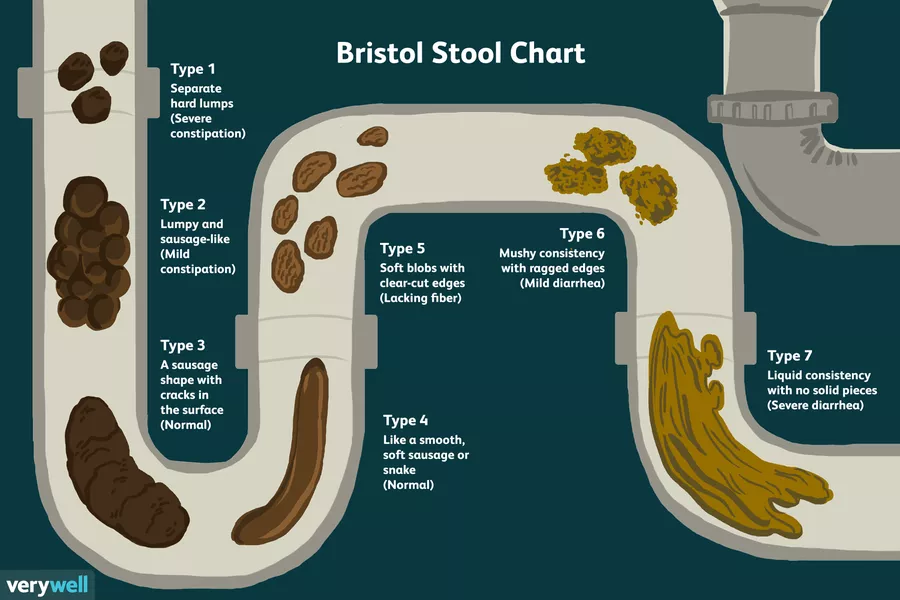 It can be an indication of an infection or allergy. If it goes too long without treatment, it may lead to dehydration.
It can be an indication of an infection or allergy. If it goes too long without treatment, it may lead to dehydration.
9. Hard, Pebble-like Baby Poop
Your baby may be constipated if his or her poop is hard and looks like pebbles. Babies can become constipated when they are being introduced to solid foods. This could also be a sign of sensitivity to milk or soy, or a lack of tolerance to something in breast milk or formula.
10. Red Blood in Baby Poop
While your baby’s poop can turn red because of something he or she ate or drank, such as tomatoes or fruit punch, red baby poop can be a sign of blood in the stool. Red blood found in normal poop could be a sign of a milk protein allergy, while red blood in diarrhea could mean your baby has a bacterial infection.
11. Mucus in Baby Poop
Seeing slimy, green-colored streaks with glistening strings in your baby’s poop means mucus is present. Although it can happen when your baby is drooling, mucus in baby poop can also be a sign of infection.
12. White Baby Poop
Chalky white baby poop could be a warning sign that your baby is not properly digesting food. A white color may indicate a lack of bile from the liver to digest food.
In the first few years, you will experience a full range of “normal” baby poop types that simply indicate your baby is healthfully growing and changing. When alarming changes occur, however, it’s important to contact your baby’s doctor as soon as symptoms arise.
Find a Pediatrician Near You
Baby Poop Infographic
Baby Poop Color Chart - a Stool Type Guide by Similac®
Questions about your baby’s health? Her diaper may be full of answers.
If your baby seems fussy or sick, or if you simply aren’t sure if all is well, check her diaper for clues about what’s going on.
To begin, choose the stool below that looks most like your baby’s.
Prev Next
Greenish-black and sticky baby poop
AKA: Meconium
Looks like: Licorice or tar
A thick, dark substance that fills your infant’s intestines before birth and is eliminated as stool after birth.
What does it mean?
Meconium stools are the first stools your baby will have after birth, and it is perfectly normal. It appears greenish-black because it contains bilirubin, a yellowish-green breakdown of red blood cells. The colostrum in your breast milk acts as a laxative and helps your baby pass the meconium in about 3 days.
What should I do?
There is no need to worry. This stool is normal, healthy, and temporary. (If it lasts more than 3 days, check with your doctor. He might want to check to make sure your baby is getting the feedings she needs to move this through her system.)
The information in this section was derived from the following:
Abbott Nutrition. Parents Guide to Infant Stools. March 2009.
McGrail A, Metland D, Murray L, et al. The BabyCenter Essential Guide to Your Baby's First Year. July 2007.
Nathanson LW. The Portable Pediatrician. September 2002.
Yellow and seedy baby poop
AKA: Breastfed-baby poop
Looks like: Yellow, curdled milk
Your breastfed baby's stools will look like this until you supplement with formula or begin feeding your baby solids.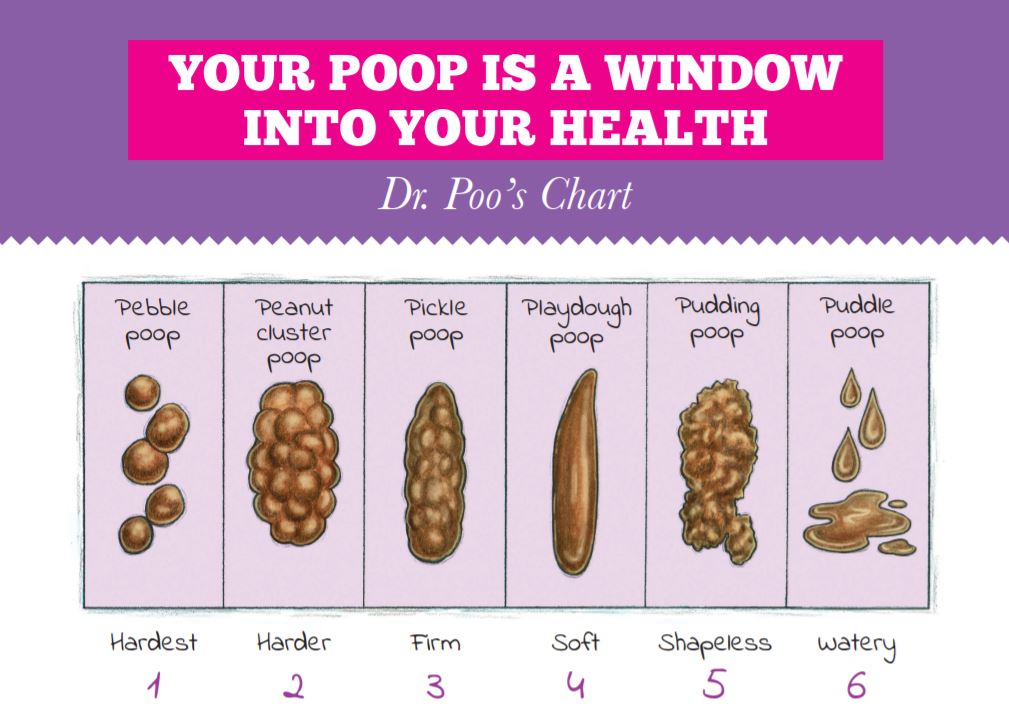
What does it mean?
This stool is normal. Breastfed babies' poop has a mild smell (and might come with loud sound effects).
What should I do?
Don’t worry. Your baby's poop is standard. Breast milk has the ideal nutrients to help your baby stay healthy and grow strong.
The information in this section was derived from the following:
Abbott Nutrition. Parents Guide to Infant Stools. March 2009.
McGrail A, Metland D, Murray L, et al. The BabyCenter Essential Guide to Your Baby's First Year. July 2007.
Nathanson LW. The Portable Pediatrician. September 2002.
Tan and thick baby poop
AKA: Formula-fed-baby poop
Looks like: Hummus
This is the result of feeding your baby formula, either as her full diet or as a supplement to breast milk.
What does it mean?
Your baby's stools are normal. You should only be concerned if your baby's poop is watery or becomes hard (especially small hard balls of stool).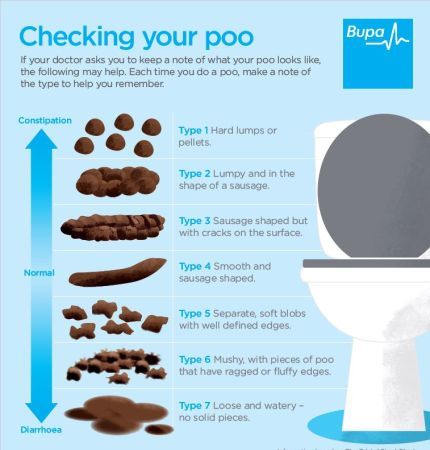
What should I do?
There is no need to worry. Your baby's stool is normal and healthy.
The information in this section was derived from the following:
Abbott Nutrition. Parents Guide to Infant Stools. March 2009.
McGrail A, Metland D, Murray L, et al. The BabyCenter Essential Guide to Your Baby's First Year. July 2007.
Nathanson LW. The Portable Pediatrician. September 2002.
Greenish-brown baby poop
AKA: Introduction-to-solids baby poop
Looks like: Leftover guacamole
A mix of table foods, this poop is normal.
What does it mean?
Greenish-brown poop is typical and normal when your baby starts eating solids, but you might see this color in your baby's diaper before then. If your baby has other symptoms that concern you, contact your healthcare professional.
What should I do?
Do not worry. This stool is normal and healthy.
The information in this section was derived from the following:
Abbott Nutrition.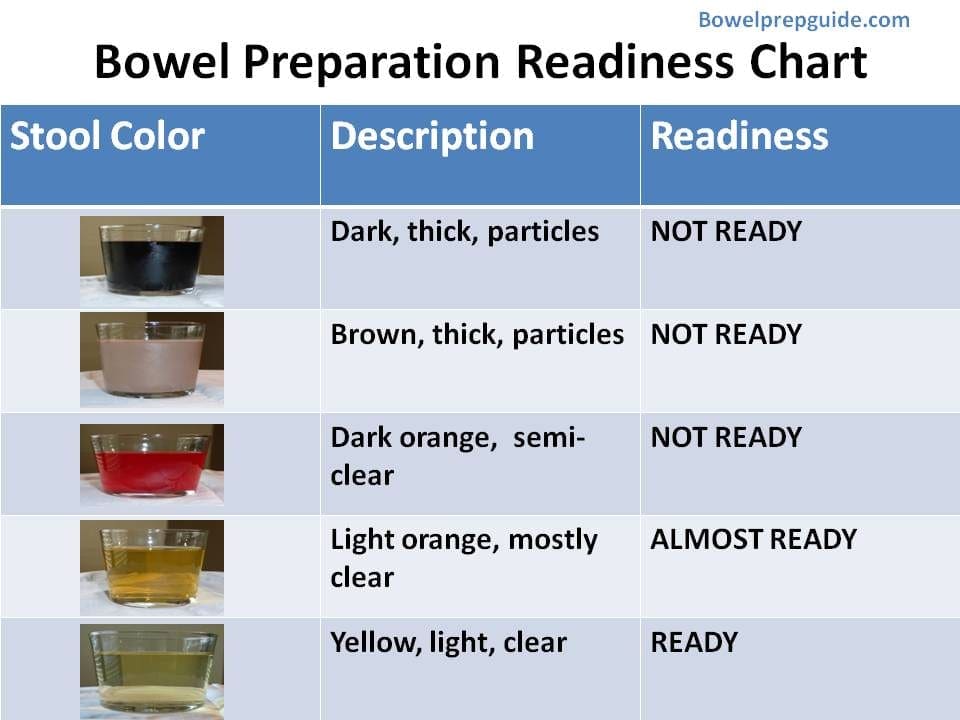 Parents Guide to Infant Stools. March 2009.
Parents Guide to Infant Stools. March 2009.
McGrail A, Metland D, Murray L, et al. The BabyCenter Essential Guide to Your Baby's First Year. July 2007.
Nathanson LW. The Portable Pediatrician. September 2002.
Frequent watery, brown, and loose baby poop that is not typical for your baby
AKA: Diarrhea
Looks like: Watery with chunks
Frequent, loud, and loose stools could be diarrhea.
What does it mean?
The occasional loose baby stool is no cause for alarm. But if it occurs regularly for 2 days or more, it could be diarrhea. Diarrhea in babies can cause dehydration, and also might be a sign of infection. Usually these infections are not dangerous, but the dehydration that can result is a concern.
What should I do?
Call your healthcare provider if the problem persists for more than 2 days. The younger the baby, and the more frequent the diarrhea, the greater the concern for dehydration. Do not give your baby anti-diarrhea medication unless advised by your healthcare professional. Your healthcare provider might advise giving your baby an oral electrolyte solution, such as Pedialyte®, to help prevent dehydration.
Your healthcare provider might advise giving your baby an oral electrolyte solution, such as Pedialyte®, to help prevent dehydration.
Contact your healthcare professional right away if you see:
- Blood or mucus in stools
- Fever
- Vomiting
- Irritability
- Refusal to eat
- Decreased or dark-colored urine
- Decreased activity
The information in this section was derived from the following:
Abbott Nutrition. Parents Guide to Infant Stools. March 2009.
McGrail A, Metland D, Murray L, et al. The BabyCenter Essential Guide to Your Baby's First Year. July 2007.
Nathanson LW. The Portable Pediatrician. September 2002.
Dry, brown, and hard baby poop
AKA: Constipation
Looks like: Dirt, clay, or pebbles
Hard, pellet-like stools could mean your baby is constipated.
What does it mean?
Occasional constipation is normal, especially with formula-fed babies and when your baby transitions to solid foods. It could be a sign that your baby is not getting enough fluid or that he is losing too much fluid from the heat, an illness, or a fever. Occasional blood streaking on the surface of the stool can result when hard stools make tiny tears in the soft tissues around the anus.
It could be a sign that your baby is not getting enough fluid or that he is losing too much fluid from the heat, an illness, or a fever. Occasional blood streaking on the surface of the stool can result when hard stools make tiny tears in the soft tissues around the anus.
What should I do?
In a very young baby, consult your healthcare professional, who might recommend giving your baby small amounts of extra water. Give older babies plenty of breast milk or formula to drink. If your baby is eating solids, offer foods that are higher in fiber, such as fruit, vegetables, and whole grains, and add puréed prunes to your baby's cereal. Check with your baby’s doctor about altering your baby's diet or using juices.
Contact your healthcare professional right away if you see:
- Blood or mucus in stools
- Fever
- Vomiting
- Refusal to eat
- Decreased or dark-colored urine
- Decreased activity
The information in this section was derived from the following:
Abbott Nutrition. Parents Guide to Infant Stools. March 2009.
Parents Guide to Infant Stools. March 2009.
McGrail A, Metland D, Murray L, et al. The BabyCenter Essential Guide to Your Baby's First Year. July 2007.
Nathanson LW. The Portable Pediatrician. September 2002.
Pinkish-red baby poop
AKA: Artificially colored stools
Looks like: Partially digested food
What your baby eats comes out looking much the same as when it went in.
What does it mean?
Once your baby has started on solids, you will see bowel movements that can vary in color and texture after every meal. In addition to foods, some medications also can turn a baby’s poop unusual colors.
What should I do?
Watch what your baby eats to ensure there is a link between the color of the stool and what she is eating. Examples of foods known for turning baby poop shocking colors include carrots (orange) and spinach (green). If your baby’s stool is red for no apparent reason (no cherry Popsicle®, Froot Loops® cereal, or red gelatin), call your healthcare provider.
Contact your healthcare professional right away if you see:
- Blood or mucus in stools
- Fever
- Vomiting
- Irritability
- Refusal to eat
- Decreased or dark-colored urine
- Decreased activity
Popsicle® and Froot Loops® are not registered trademarks of Abbott Laboratories.
The information in this section was derived from the following:
Abbott Nutrition. Parents Guide to Infant Stools. March 2009.
McGrail A, Metland D, Murray L, et al. The BabyCenter Essential Guide to Your Baby's First Year. July 2007.
Nathanson LW. The Portable Pediatrician. September 2002.
Dark-green baby poop
AKA: Iron supplementation
Looks like: Thick, dark stool
If your baby's stool is dark green, it could be the product of iron supplementation in your baby's diet.
What does it mean?
In some babies, the iron sulfate in a supplement or iron-fortified baby formula can make dark-green stools, or sometimes even greenish-black.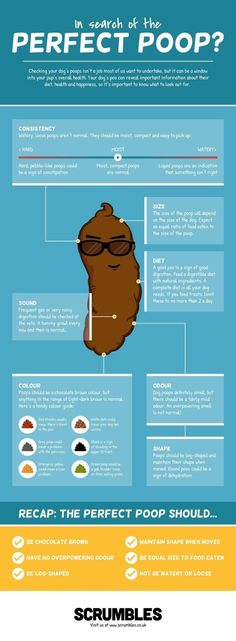 There is no need to be concerned with the color change, as it has no significance to your baby’s digestive system.
There is no need to be concerned with the color change, as it has no significance to your baby’s digestive system.
What should I do?
This stool is normal. Studies show that iron supplementation does not cause digestive problems or discomfort.
Contact your healthcare professional right away if you see:
- Blood or mucus in stools
- Fever
- Vomiting
- Irritability
- Refusal to eat
- Decreased or dark-colored urine
- Decreased activity
The information in this section was derived from the following:
Abbott Nutrition. Parents Guide to Infant Stools. March 2009.
McGrail A, Metland D, Murray L, et al. The BabyCenter Essential Guide to Your Baby's First Year. July 2007.
Nathanson LW. The Portable Pediatrician. September 2002.
Bright-green baby poop
AKA: Foremilk/hindmilk imbalance
Looks like: Green, frothy poop
Breastfed babies who get more foremilk than hindmilk sometimes have bright-green baby poop.
What does it mean?
When your breastfed baby nurses for short periods of time on each breast, he might get more foremilk, which is sweeter and thinner, and less hindmilk, which is richer and fattier. Your baby might need to nurse longer on each side in order to ensure enough hindmilk is consumed during each feeding.
Sometimes a virus will turn your baby's stools bright green. If your baby is fussy and seems uncomfortable, contact your healthcare provider.
What should I do?
Try to let your baby empty the first breast before you switch to the other side.
Contact your healthcare professional right away if you see:
- Blood or mucus in stools
- Fever
- Vomiting
- Irritability
- Refusal to eat
- Decreased or dark-colored urine
- Decreased activity
The information in this section was derived from the following:
Abbott Nutrition. Parents Guide to Infant Stools. March 2009.
McGrail A, Metland D, Murray L, et al.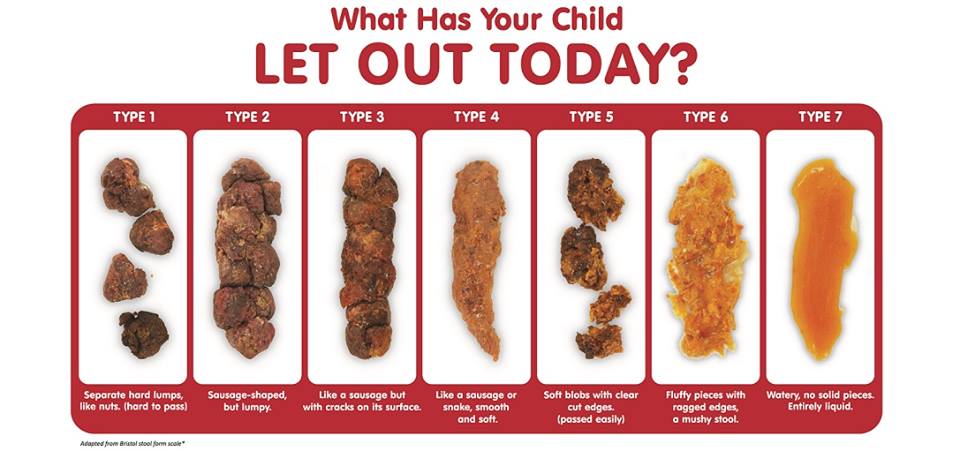 The BabyCenter Essential Guide to Your Baby's First Year. July 2007.
The BabyCenter Essential Guide to Your Baby's First Year. July 2007.
Nathanson LW. The Portable Pediatrician. September 2002.
Red-streaked baby poop
AKA: Bloody stool
Looks like: A hard stool streaked with blood or mucus
Bright-red blood on a baby stool could indicate that your baby has small tears, or rectal fissures, around the anus.
What does it mean?
Often the stools of constipated babies are streaked with red from rectal fissures, small cracks in the anus caused by pushing. You also might see streaks of mucus on the baby poop.
What should I do?
If your baby’s doctor confirms the bleeding is from a fissure, there is little cause for concern. Usually, once the constipation has resolved, the bleeding stops. If there is a large amount of blood (more than a few drops) or if the bleeding does not resolve with the softening of the stools, check with your doctor.
If you notice any of the following symptoms, call your healthcare professional right away:
- Blood or mucus in stools
- Fever
- Vomiting
- Irritability
- Refusal to eat
- Decreased or dark-colored urine
- Decreased activity
The information in this section was derived from the following:
Abbott Nutrition.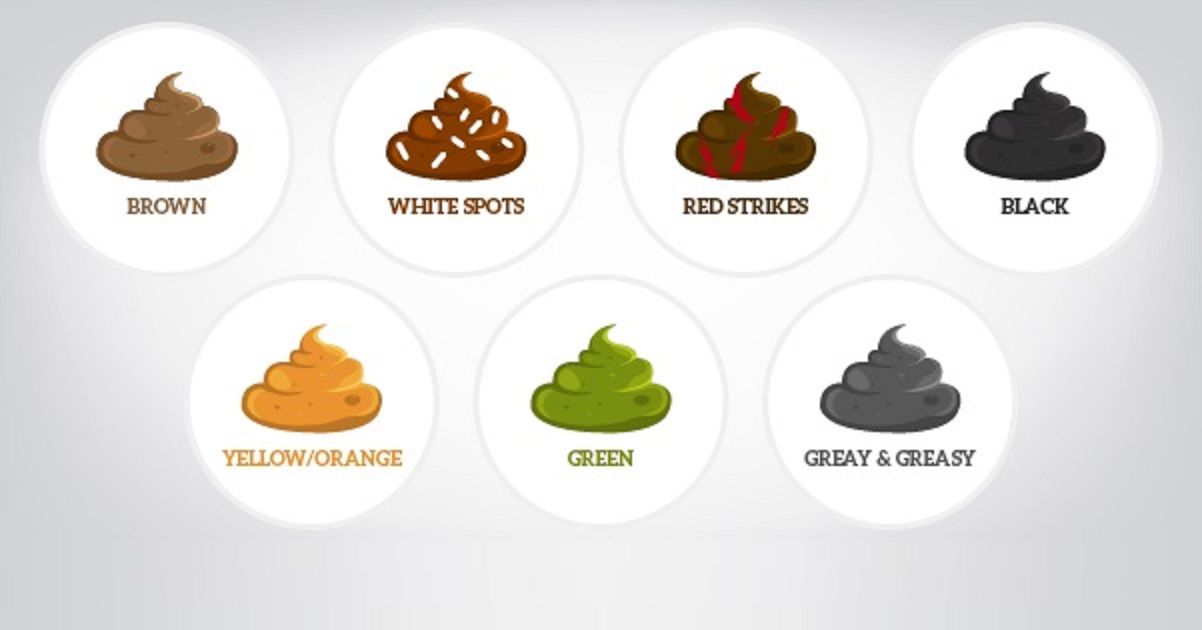 Parents Guide to Infant Stools. March 2009.
Parents Guide to Infant Stools. March 2009.
McGrail A, Metland D, Murray L, et al. The BabyCenter Essential Guide to Your Baby's First Year. July 2007.
Nathanson LW. The Portable Pediatrician. September 2002.
Black baby poop
AKA: Melena
Looks like: Black, thick, or tarry stool
Melena is a thick black stool that could contain blood that entered in the upper GI tract.
What does it mean?
A black baby stool might contain blood that entered the intestines in the upper portion of the digestive system.
What should I do?
If it’s not meconium (which passes during the first few days of life), call your healthcare professional immediately.
If you notice any of the following symptoms, call your healthcare professional right away:
- Blood or mucus in stools
- Fever
- Vomiting
- Irritability
- Refusal to eat
- Decreased or dark-colored urine
- Decreased activity
The information in this section was derived from the following:
Abbott Nutrition. Parents Guide to Infant Stools. March 2009.
Parents Guide to Infant Stools. March 2009.
McGrail A, Metland D, Murray L, et al. The BabyCenter Essential Guide to Your Baby's First Year. July 2007.
Nathanson LW. The Portable Pediatrician. September 2002.
Chalky and white baby poop
AKA: Abnormal Stool
Looks like: Pale, colorless, or white stool
A chalky white baby stool could be a sign of a lack of bile, which normally turns a stool brown.
What does it mean?
A white stool might be a sign of a liver or gallbladder problem. Bile is a digestive fluid made in the liver and stored in the gallbladder. Your baby's stool gets its normal color from the bile as it is excreted during digestion. If your baby's liver doesn't produce bile, or if the bile is obstructed, his stool will be white.
What should I do?
A white stool is very rare, but if your baby's poop is white, call your healthcare professional right away.
If you notice any of the following symptoms, call your healthcare professional right away:
- Blood or mucus in stools
- Fever
- Vomiting
- Irritability
- Refusal to eat
- Decreased or dark-colored urine
- Decreased activity
The information in this section was derived from the following:
Abbott Nutrition.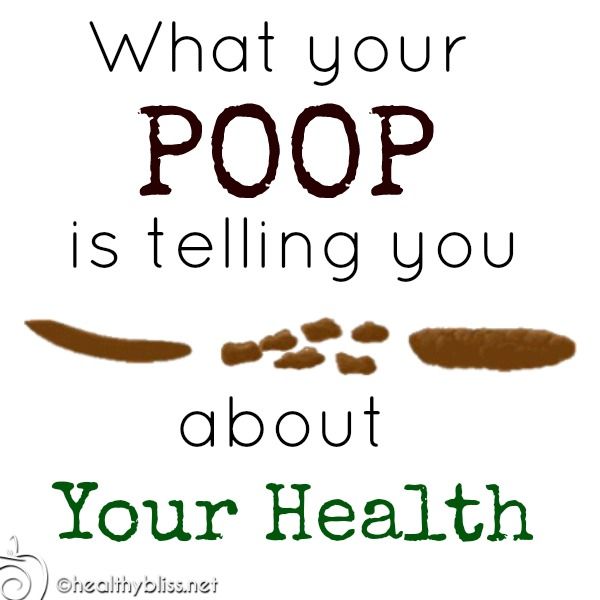 Parents Guide to Infant Stools. March 2009.
Parents Guide to Infant Stools. March 2009.
McGrail A, Metland D, Murray L, et al. The BabyCenter Essential Guide to Your Baby's First Year. July 2007.
Nathanson LW. The Portable Pediatrician. September 2002.
Dry food pellets - why does the color and size of the pellets change: is this a sign of fake food?
If your pet eats the same food, you may notice slight differences in the color, size or texture of the dry dog and cat food . We collected all the questions about this and asked Andrey Arkhipov, the owner of Holistic-shop.ru, to answer them.
What does the change in color, size and structure of dry food pellets for cats and dogs mean
Worried buyer (Buyer):
- The color of the food I buy has become lighter. Has it really been counterfeited, after all, such a reputable manufacturer?
Andrey Arkhipov (Andrey):
– I do not rule out that there are indeed fakes on the feed market, but personally I have never met them.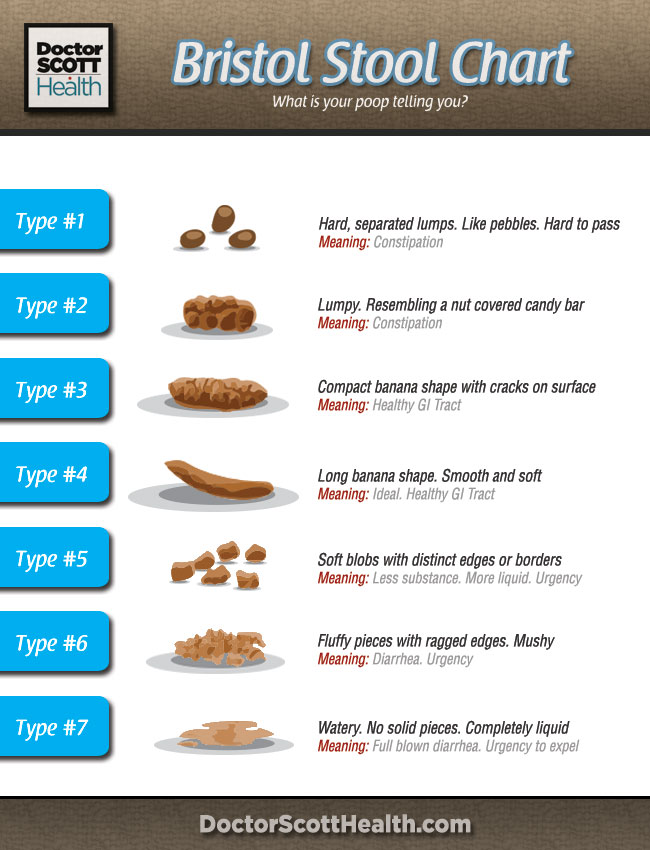 There were only cases of production defects, when the feed was not of the right quality due to a production failure. But at the same time, the manufacturer removed the entire batch from sale and changed it to a quality one.
There were only cases of production defects, when the feed was not of the right quality due to a production failure. But at the same time, the manufacturer removed the entire batch from sale and changed it to a quality one.
Buyer:
– But how is it? So I bought food six months ago, it was brown, and now it’s more beige. And there are different granules, sometimes larger, sometimes smaller...
Andrei:
– I may surprise you, but slight differences in granules are an indicator of the high quality of the feed. I'll try to explain. One of the stages of production is extrusion. At this stage, the crushed ingredients enter the extruder, where they are mixed and extruded under high pressure with simultaneous cutting into granules. The outlets of the extruder have a certain size, but in the process of making a batch of feed, part of the “minced meat” sticks to the walls, which can cause the pellet to become a little smaller (plus or minus 1 mm).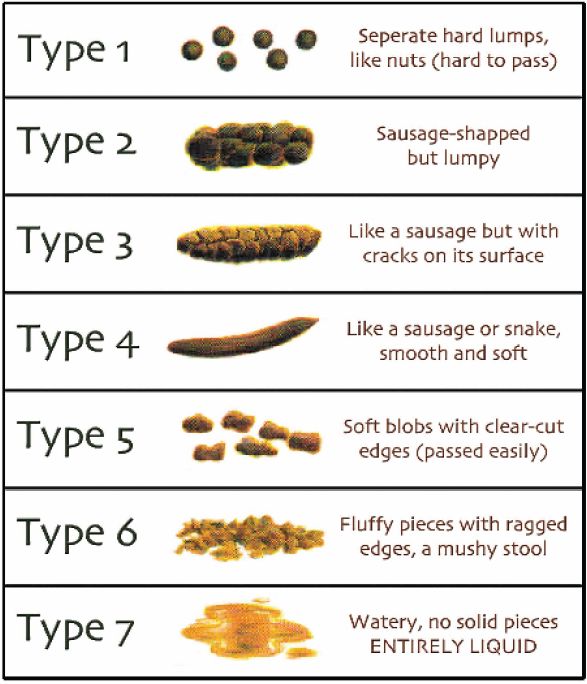 Interestingly, this only happens with fresh raw materials. Granules of inexpensive feeds made from meat meal and other dry ingredients are always the same size.
Interestingly, this only happens with fresh raw materials. Granules of inexpensive feeds made from meat meal and other dry ingredients are always the same size.
Customer:
– Ok, but what about the color? Why is he changing?
Andrei:
- This is also a consequence of the use of fresh products. High-quality holistic and super-premium foods contain only natural ingredients, in particular, natural meat. Have you noticed that in winter the beef in the store is one shade, and in summer it is a little lighter. So it is with pet food - the color of the granules varies depending on the season and the batch of raw materials. "Summer" food will be lighter than "winter" food. Once again, I note: absolutely identical in color and size granules can only be seen in feeds that are made from dry meat (meat meal).
Buyer:
- Can the structure of the pellets also change depending on the season?
Andrew:
– Yes. Relatively speaking, they can put fresh cranberries in summer and processed cranberries in winter. Roasting of finished granules after leaving the extruder is always carried out at the same temperature (this is determined by the production technology). And since the ingredients differ in moisture depending on the season, this makes a slight difference in the structure of the granules during baking. At the same time, the hardness of the granules always remains within the normal range (this is strictly monitored), in order, on the one hand, not to break the pet's teeth, and on the other hand, to effectively remove plaque.
Relatively speaking, they can put fresh cranberries in summer and processed cranberries in winter. Roasting of finished granules after leaving the extruder is always carried out at the same temperature (this is determined by the production technology). And since the ingredients differ in moisture depending on the season, this makes a slight difference in the structure of the granules during baking. At the same time, the hardness of the granules always remains within the normal range (this is strictly monitored), in order, on the one hand, not to break the pet's teeth, and on the other hand, to effectively remove plaque.
Our conclusion: we advise you not to worry if you notice slight changes in the size/color or structure of the granules in the next package of food. On the contrary, it is a guarantee that the food is made from natural ingredients.
Dry food manufacturers' answers to the question about the reason for the change in the appearance of the kibbles
We have sent official inquiries about the size and color of the kibbles to the leading holistic and super premium food manufacturers.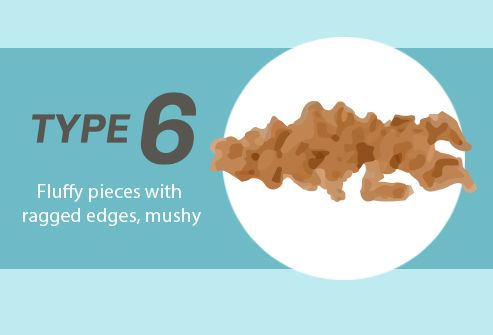 We publish their answers.
We publish their answers.
ChampionPetFood (brand names ACANA and ORIJEN):
- Acana and Orijen are low carb, high protein foods made from fresh ingredients. This causes small differences in the size, color and shape of the feed pellets, because half of the meat that is part of the feed is added during extrusion in the form of fresh minced meat.
Farmina:
– The color of the granules of different batches of the same product may vary. This is due to the fact that the company does not use dyes in the production of feed. Changes in the color of the granules are due to seasonality and different batches of raw materials.
Petcurean (brand names GO!, NOW!, SUMMIT, GATHER):
- Because our recipes are made with fresh ingredients, variations in appearance and smell are normal. The fact is that the supply of meat is distributed between different suppliers and batches (i.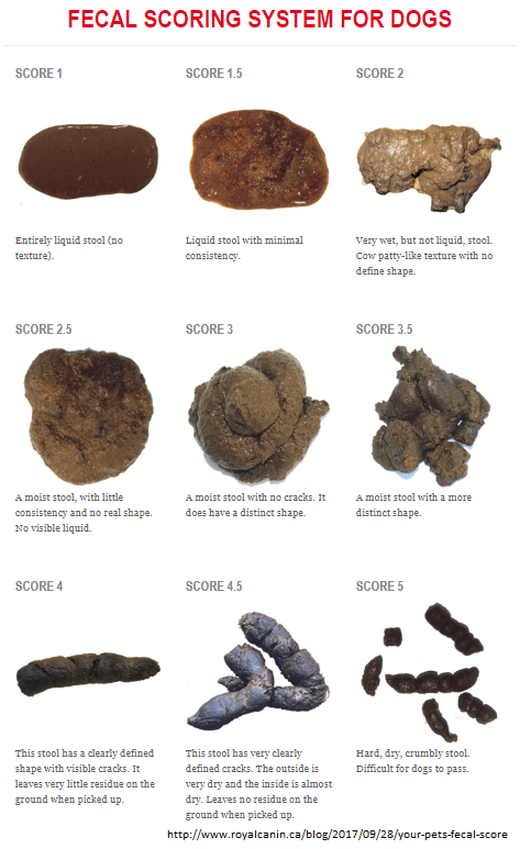 e., the ratio of dark and light meat may vary). In addition, natural vegetable oils (such as canola oil) that are applied on top of the pellets to increase palatability for animals can affect the color and size of the pellets.
e., the ratio of dark and light meat may vary). In addition, natural vegetable oils (such as canola oil) that are applied on top of the pellets to increase palatability for animals can affect the color and size of the pellets.
Grandorf Company:
– Sometimes there are different sizes of pellets in one bag. This is due to the fact that the feed of the same brand is produced at the factory on the same equipment. After the production of each feed is finished, the plant cleans and blows the equipment, and the first batches are disposed of, but sometimes the pellets from the previous batch get stuck inside the production line of the equipment and pellets of different sizes and colors turn out to be in one bag.
© All rights reserved. Partial or complete use of materials is permitted only if there is a link and / or a direct hyperlink open for search engines to the direct address of the material on the Holistic-shop. ru website.
ru website.
Dry food pellet: production features, shape, size
Industrial dry food is valued for its ease of use, balanced composition and long shelf life. And although they vary significantly in quality, their appearance is approximately the same: these are small brown solid particles, which are usually called granules. In this article we will tell you what they are and what points to pay attention to the owner of the animal, choosing dry food.
Peculiarities of dry food production
The majority of dry food is complete food. In other words, they are suitable for everyday use and do not require any supplements to the animal's diet, apart from fresh water, of course. Such products already have all the macro- and micronutrients needed by an animal of a certain type (cat, dog). At the same time, it is extremely important that all these substances are contained in optimal proportions not only in the package as a whole, but also in each individual granule of dry food.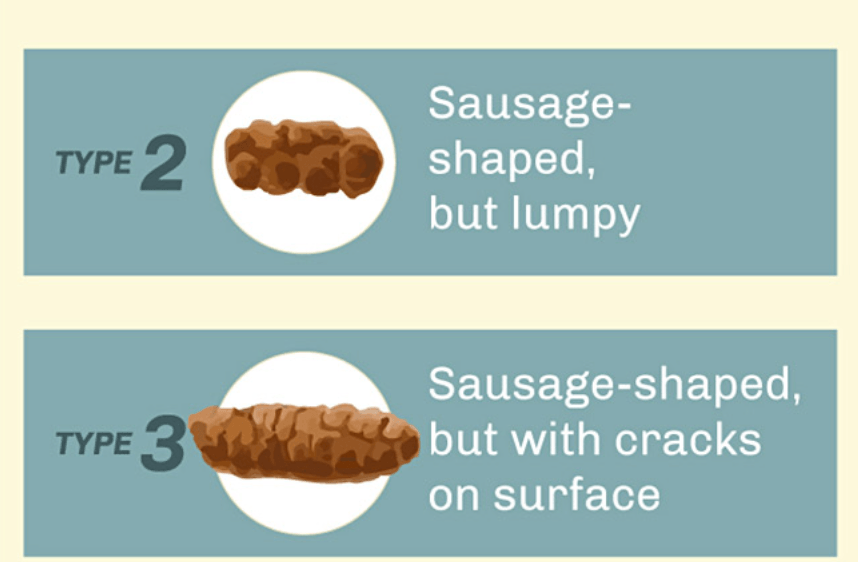
Judge for yourself, if in one of them there is a double dose, for example, of animal protein, and in the other it is almost absent, there is no need to talk about any balance and completeness. How do manufacturers manage to make all particles homogeneous in composition?
How extruders work
This is achieved by using special equipment that crushes the raw material, mixes it and turns it into pellets. This is not some separate “apparatus”, but several powerful machines connected in one chain, sequentially performing certain tasks. Such technological complexes are called extrusion lines and are present at every plant that produces granular pet food.
A key step in the manufacturing process is the mixing of the ingredients. The homogeneity of the final product depends on how high quality it is. In production, single- or twin-screw extruders are usually installed, that is, equipped with one or two rods with a screw thread running along the axis. In these units, the products that make up dry food are mixed. Experts call this process homogenization.
Experts call this process homogenization.
Upon completion of homogenization, the semi-liquid mixture is forced through the molding die of the extruder, due to which the very particles that we are accustomed to seeing in food packages are obtained. The formed granules are dried and baked.
Under the influence of high temperatures, a number of useful substances are destroyed, therefore, vitamin-mineral premixes and fats are most often applied at the last stage of production. The output is homogeneous products, in which each granule contains the same nutrients.
It should be noted that such results can only be achieved at large plants, because production lines with twin screw extruders are not cheap: the cost of the most powerful models reaches one million US dollars.
Such different dry food pellets
Despite the general similarity of the technological process, there are still differences between the dry food pellets, which are sometimes of great importance.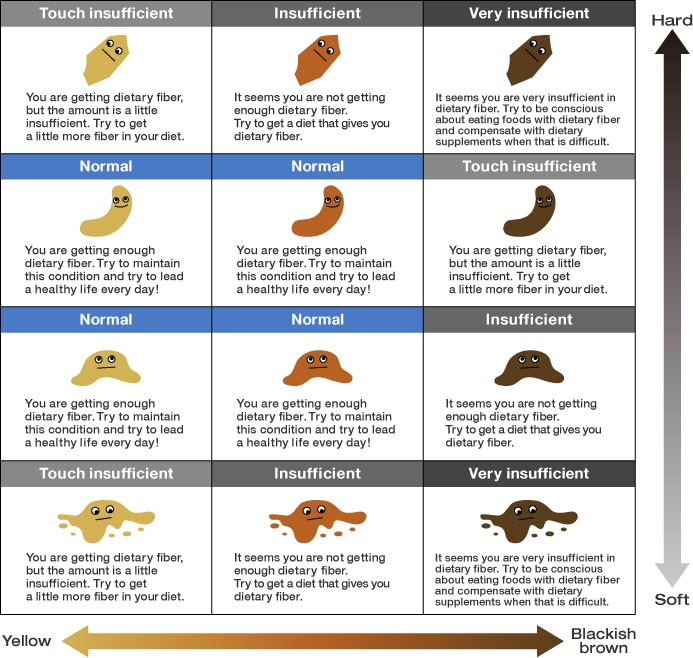 Consider the main parameters by which they can differ.
Consider the main parameters by which they can differ.
Shape
You may have noticed that the granules differ in shape. There are products in the form of a scattering of fish, hearts and other intricate figures. All this may attract owners, but it does not make sense for animals at all. Therefore, most well-known brands still offer food, the granules of which have a traditional shape - an irregular ball or a biconvex disk.
The more fresh and raw ingredients, the more difficult it is to achieve the ideal particle shape. In the production of Acana and Orijen products, up to two-thirds of the meat included in the composition enters the extruder in the form of fresh minced meat, which determines some differences in the appearance of the granules.
Exactly the same granules are usually obtained using processed raw materials in the form of meat and grain flour. It is easier to give such a mixture the correct shape, but it is less useful for animals, since meat meal is already a processed product, and it is processed again in the extruder.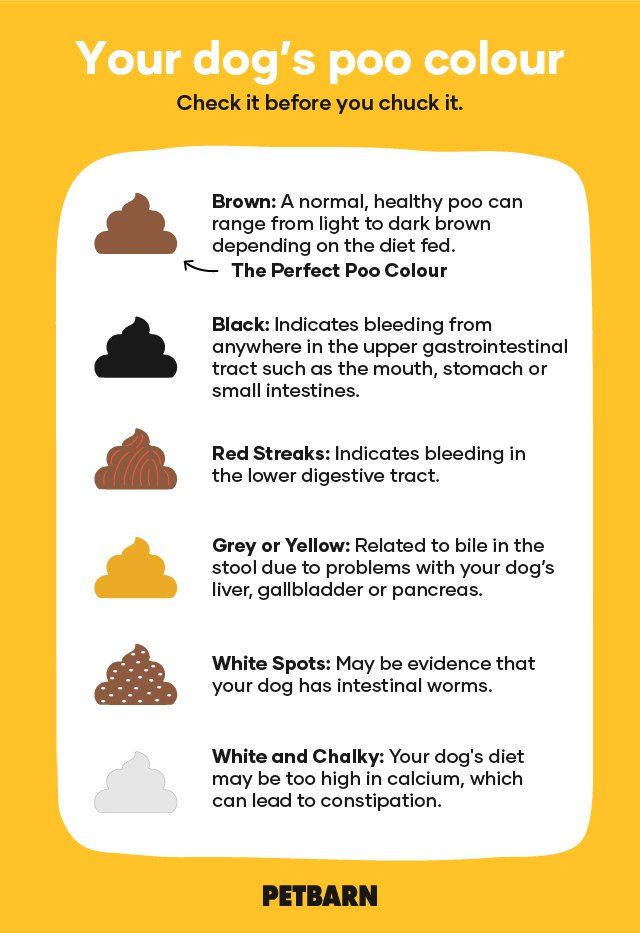
Size
When choosing dry food, one should keep in mind such a parameter as the diameter of the granules. If they are too large, then it will be difficult for the pet to gnaw them, and if they are too small, it is easy to choke. In addition, with the rapid ingestion of food, the normal digestive process is disrupted. Therefore, the particle diameter should correspond to the size of the pet and its individual preferences.
On the product pages of our website there are images of dry food pellets against a scale with millimeter markings. This helps the owner to understand the size of the dry food pellets even before the purchase, and to choose exactly the option that is suitable for a particular animal.
But do not forget that the most important thing in dry food is its composition, not the diameter of the granules. If your pet is comfortable, he easily copes with eating and does not choke, then everything is in order.
Manufacturers sometimes claim that their pellets have special properties, such as cleaning teeth from plaque.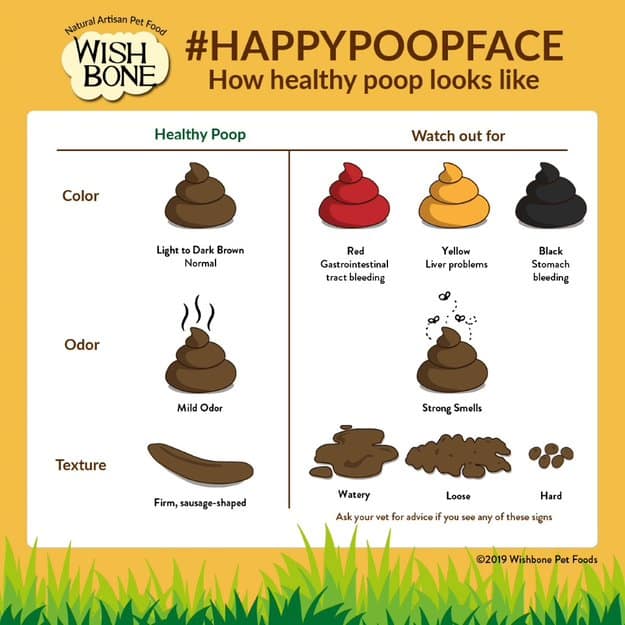 Most likely, this is just an advertising ploy that has no basis. After all, dogs and cats are predators and do not chew food like a person (their anatomy does not provide for such a possibility). They gnaw, and sometimes simply swallow dry food granules, and they do it quite quickly, which excludes any significant mechanical effect on the teeth.
Most likely, this is just an advertising ploy that has no basis. After all, dogs and cats are predators and do not chew food like a person (their anatomy does not provide for such a possibility). They gnaw, and sometimes simply swallow dry food granules, and they do it quite quickly, which excludes any significant mechanical effect on the teeth.
Color
Quite often on dry food packages and official websites of brands you can see a notice that the color of the granules may vary slightly. There is such a warning on the Akana and Origen product pages. You should not be afraid of this. As with the differences in form, this speaks more in favor of the product. After all, the color of the granule is determined by the composition of its constituent components.
If these are fresh natural products, then they cannot be absolutely identical. Do not two pieces of meat differ in color in adjacent display cases? And do carrots grown in their own garden always have the same brightness?
Even if the composition of the finished diet is stable, the color of meat and vegetable raw materials will vary in different batches, which will also affect the final result.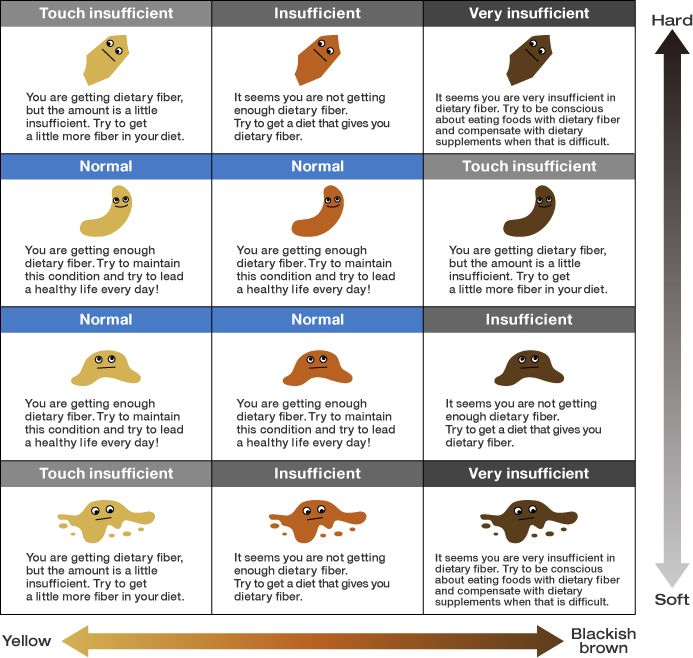 However, most dry food pellets are brown in different shades. The more meat in the composition, the darker they will be. Light brown granules are typical for grain-based feeds.
However, most dry food pellets are brown in different shades. The more meat in the composition, the darker they will be. Light brown granules are typical for grain-based feeds.
Some manufacturers color the pellets red, green, orange and other colors. Even if this is done with natural dyes, the benefits of this event are doubtful. Most likely, in this way the manufacturer seeks to attract a buyer, and the animal is of no use for this “beauty”.
Smell
What a dry food pellet smells like depends again on its ingredients. Products with fish, of course, have the appropriate flavor, which usually overrides all others. Grain feeds also have a characteristic odor reminiscent of dry bread. Some owners may not like the smell of pellets, consisting mainly of meat, but for animals - just right.
Separately, it is worth dwelling on the intensity of the aroma: it should not be excessive. If the smell, as they say, hits the nose, then the manufacturer overdid it with flavoring additives. When it is a hydrolyzed chicken liver or other animal product, there will be no harm. However, willy-nilly, one has to think: is this an attempt to compensate for the absence of meat in the composition? One smell, as you know, you will not be full.
When it is a hydrolyzed chicken liver or other animal product, there will be no harm. However, willy-nilly, one has to think: is this an attempt to compensate for the absence of meat in the composition? One smell, as you know, you will not be full.
Don't ignore the smell of rancid fat. It may indicate a violation of production technology, improper storage of the product, or an expired shelf life. Whatever the reason, it is better to get rid of this food as soon as possible: it is very risky to give it to an animal.
Summing up
As you can see, a dry food pellet is a complete nutritional unit. Together with its packmates, it is able to provide a healthy and balanced diet for your pet. Most importantly, check what it consists of by examining the list of ingredients on the package. After all, cats and dogs are predators, which means that the basis of their diet should be meat and other sources of animal protein. Do not forget that manufacturers are required to list the ingredients in descending order of their mass fraction: those products that are the most in the feed take the first positions.
